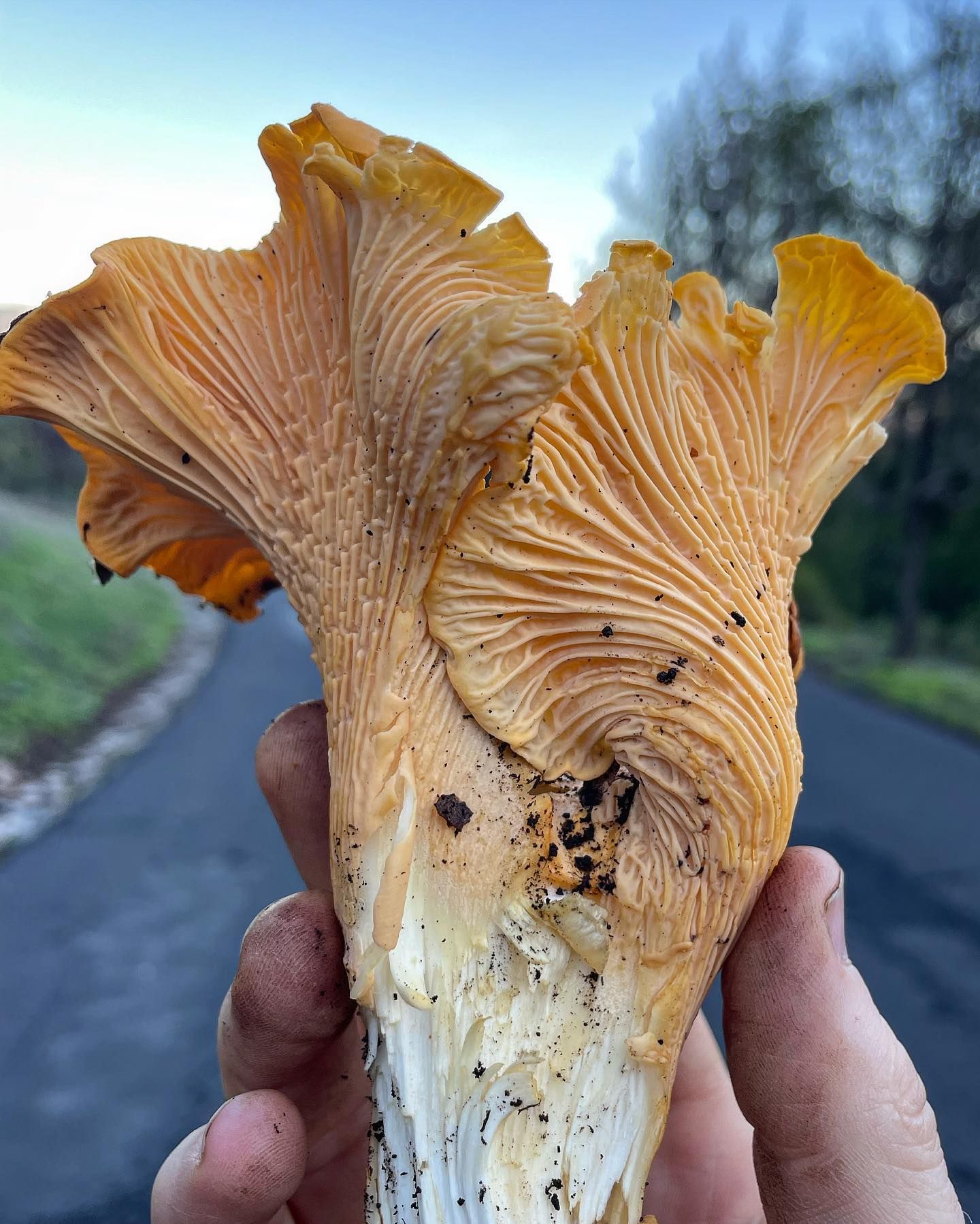Enjoying Outside, Inside - Foraging and Wild Foods

Photo by Dr Gordon Walker
Wild foods and foraging seem to be popping up in more and more places these days, from Bay Area restaurants to shows like Hulu’s Chefs vs Wild, a reality competition show where chefs are dropped into wilderness areas and must prepare a three-course meal with wild ingredients. While it takes quite a bit of training and experience to reach that level, anyone can learn the basics and start foraging and adding wild ingredients to their cooking. This can be a great way to improve your knowledge of the natural world and connect more deeply to the lands around us. It’s also a great topic to delve into on summer days when it’s too hot to hit the trail.
I’ve highlighted a few resources here to get you started:
If you’re interested in learning about foraging for wild mushrooms, I highly recommend checking out Fascinated By Fungi on social media and YouTube. Fascinated by Fungi is run by Dr. Gordan Walker, a Napa-based scientist and fungi educator with nearly two million followers on TikTok. Good places to start include his YouTube playlists on mushroom identification and cooking with wild mushrooms. Most of the videos are filmed in Northern California, so there’s lots of useful information for prospective foragers in our area.
Another great creator to check out in the foraging space is Alexis Nikole Nelson, the incredibly enthusiastic and knowledgeable force behind the popular BlackForager and alexisnikole accounts on Instagram and TikTok. Her videos typically cover identifying, preparing, and cooking a specific wild ingredient, with a focus on wild and urban plants found around her home in Ohio. While some of the plants she features are only found on the east coast, she also covers many edible invasives that are common in California.
If books are more your speed, I recommend California Foraging: 120 Wild and Flavorful Edibles from Evergreen Huckleberries to Wild Ginger by Judith Larner Lowry. The book covers edible wild plants, including where and when to pick, suggestions for preparation, and guidance on how to harvest sustainably. Another good option is The Bay Area Forager: Your Guide to Edible Wild Plants of the San Francisco Bay Area, by Kevin Feinstein and Mia Andler.
I will also give a second recommendation to Tending the Wild: Native American Knowledge and the Management of California's Natural Resources, by M. Kat Anderson, previously recommended in our post on local reads. This is an excellent book that not only explores the many ways California’s Native American tribes utilize wild ingredients, but also how they have managed ecosystems to improve productivity and sustainability.
Hopefully these resources will give you the knowledge and confidence to try foraging. If you do give it a go, take a picture and show us on social media!
As Alexis Nikole Nelson says: “Happy Snacking!”
-Geoff Benn
RECENT ARTICLES






